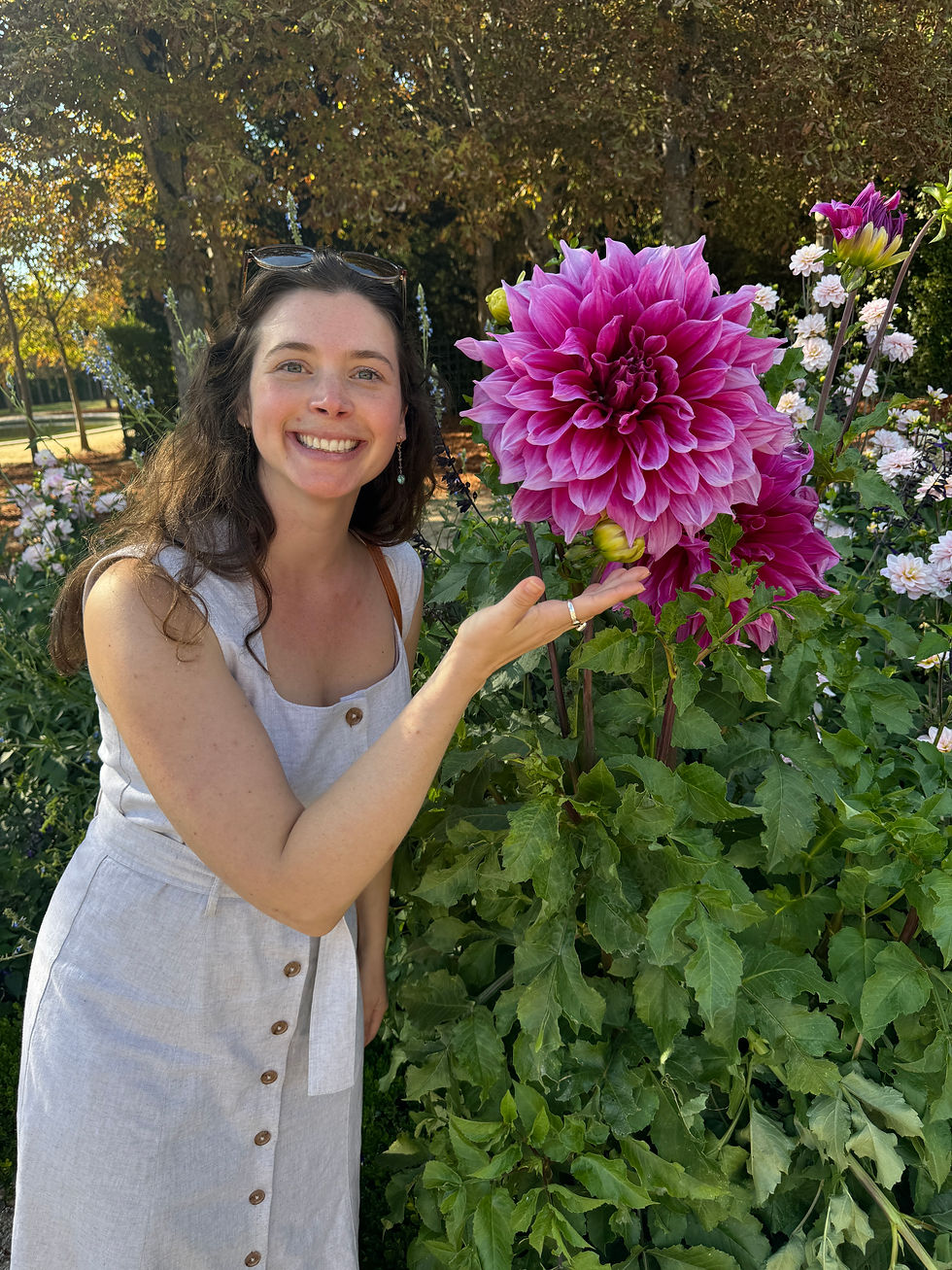The Most Ancient of Ceremonies: Birth 🔥
- May 30, 2023
- 3 min read
Dearest birthworkers, friends, and family,
With full yet heavy hearts, we said goodbye to a phenomenal group of birthworkers yesterday and eagerly await the next group's arrival in a few days.
A core theme from our teachings this week was about revival and rebirth. We had the honor of hearing about ancient traditional birth practices, (which I have been permitted to share with you), that a younger generation is bringing back to life.
A Temazcal is a sweat lodge. It is a dome structure made of wood and earth with a deep pit in the center. Our teachers here refer to it as the womb of Mother Earth. When a Temazcal ceremony starts, fire tenders bring lava rocks that have been cooking in a fire all day into the pit, the door (flap) closes, and the hot rocks heat the dome. The purpose is ceremonial, for prayer, to heal, to cleanse the body, and… to birth. This tradition long predates the colonization of the Americas. In many practices, there are four sessions, each honoring the elements (air, water, fire, and earth). The door is opened in between for fresh air to come in and for the prayers to join the spirit world.
Many moons ago, women regularly gave birth in Temazcals. It was a space that kept them warm and safe, and deeply rooted in the ceremony of opening the sacred portal of life. In the womb, reborn as a mother and father.
In this community in Ecuador, in the last decade, eighteen babies have been born in a traditional Temazcal. They built the lodges specifically for birth, tall enough to stand in, with a bed and a rope hanging from the ceiling for mothers to pull on. The pit is not in the center, making room for the parents and midwife. The temperature is kept as close to womb temp as possible.
Fire tenders and other friends and family remain nearby for days anticipating the baby’s arrival. For days they keep the stones warm, they pray, they play instruments, they sing, and they set intentions.
After the baby is born, in the dark, in the sacred womb, the child is passed to the mother’s mother and carried out in her arms, and the recovering mother is carried out on her mattress to rest for the coming weeks.
We met others who attempted to give birth in a Temazcal yet did not factor in the team required to bring the vision to life. To achieve this, the family must be held by their community. This reminds me of birth in Tanzania, the communal postpartum and labor rooms, all the aunties and grandmothers caring for all the women, not just their families.
We need community. And we need ceremony.
And as birthworkers we also need community and ceremony.
We regularly spoke about this path that we are all on to support the perinatal period. Regardless of the land from which we come, this winding road is the same. The same fight everywhere for better maternal health. For the recognition of women. The recognition of matrescence.
I am deeply inspired by the women who travel far to share in these experiences and teachings. And so grateful for our teachers here, Partera Martha, her mother Lucmila, Tua, Oscar, and Jonnathan, for sharing these ancestral practices with us. Giving us seeds to plant in our communities to better care for families everywhere.
If you have any questions feel free to reach out.
With Gratitude,
Charlotte and the WotW Team








Comments